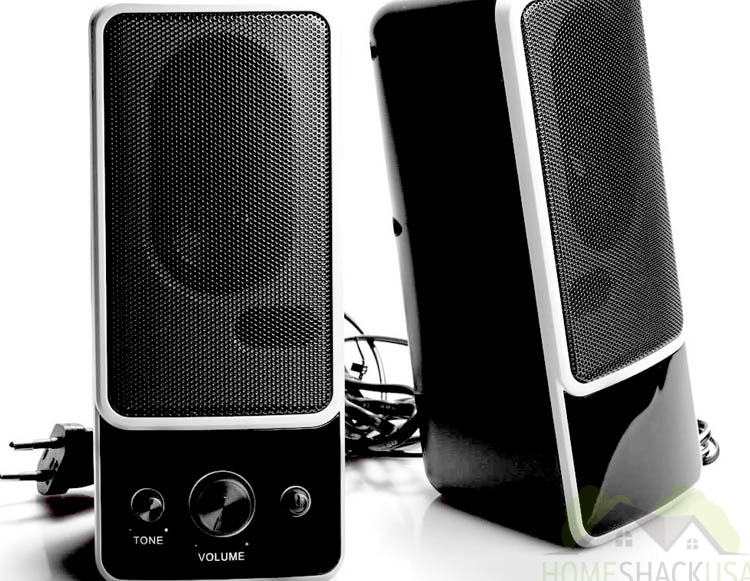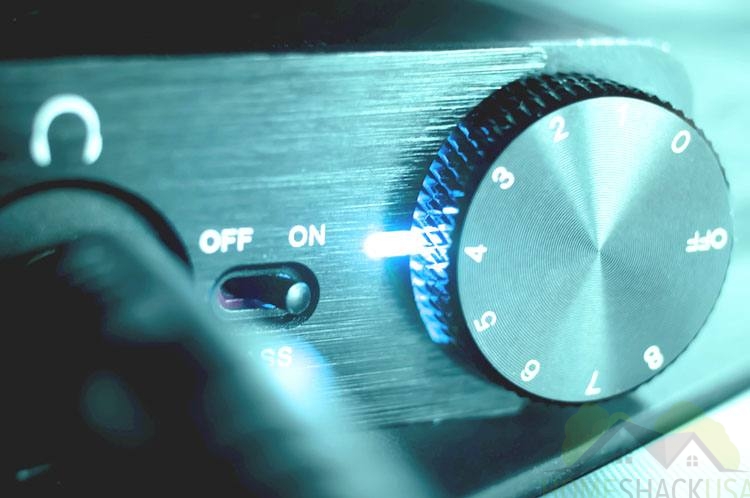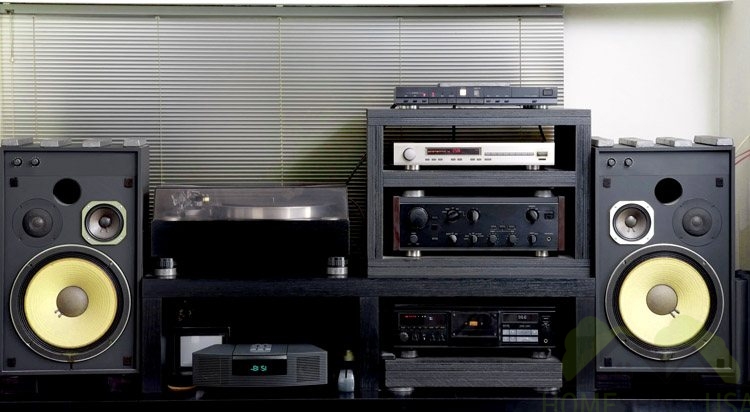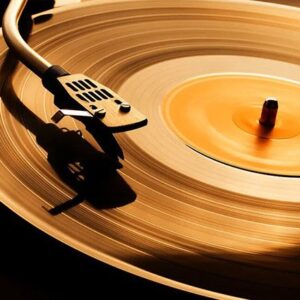Is music something you can’t imagine life without? Then it’s worth turning your home into a place where you can enjoy quality sound and never spend your free time without some good music.
A good audio system will turn friend gatherings at home into much more pleasurable experiences, and it will ensure that you are never frustrated by low-quality sound.
You don’t need to be an overly enthusiastic audiophile, a true melomaniac, or a sound engineer to be able to enjoy a pure sound from a good audio system.
We know that the audio system is probably not the first thing in your budget planning, so we gathered for you some good tips for building a hi-fi system on a budget.
What to Consider when Building an Audio System on a Budget
Good audio systems start from a few hundred dollars and they can reach up to several thousand dollars when it comes to professional equipment.
This article aims to tell you how to build a system for your own home without emptying your pockets and still enjoy a crystal-clear sound.
Before starting to look for equipment, it’s important to set a budget and follow it strictly.
If you already have some equipment, consider incorporating it into the new system or selling it if it’s too old to be compatible. That way you’ll earn some money to add to your budget and get some cooler equipment.
Keep in mind that there is nothing wrong with buying second-hand equipment if it’s been well-maintained and its condition is good. That’s a way to get more expensive items from a higher class at a cheaper price and thus enjoy a higher quality of sound for less money.
Now here is what you will need to look for in order to assemble a good sound system at home.
Loudspeakers

It’s good to start with the speakers first when choosing audio equipment because they will determine how much power you need for the amplifier. If the room is spacious, you will need larger speakers to have a good quality of sound over the whole room, but for smaller rooms, compact speakers are sufficient.
If the room is small, you might consider getting bookshelf speakers, while floor-standing ones are better for large spaces. Make sure you have about 6-8 feet available to place the speakers apart.
Some good budget-friendly speaker options include:
- Dali Oberon 1;
- Dali Spektor 2;
- Bowers & Wilkins 607 S2 Anniversary Edition;
- Elac Debut B5.2;
- Fyne Audio F302.
Now that you’re done with the speakers, it’s time for the heart of the audio system: the amplifier.
Amplification

The amplification is the control center of the audio system. It serves to connect the speakers to the source of the audio, such as a CD player, a media player, or a turntable.
To choose the correct amplifier, see what the power recommendations of the speakers are. If you meet them, you won’t need to purchase anything too fancy as sticking to the basics will be sufficient.
Generally, you should aim at spending about 1/3 of your budget on amplification, as it is the driving force of the system.
Some good budget-friendly options include:
- Sony STRDH190 Home Stereo Receiver;
- Fosi Audio BT20A Stereo Amplifier;
- NAD 316BEE Integrated Amplifier;
- Kaynell 298A Bluetooth Stereo Amplifier;
- Pyle Bluetooth Home Audio Amplifier.
Now you’re almost ready to go. There are just a few things left to consider.
Consider the Acoustics
The characteristics of your living space have a great effect on the sound. It matters whether or not the room is carpeted, what the size of the room is, and some other important factors that affect the acoustics.
Make a note of the room’s layout and what is inside and mention it to your seller. He will offer you the best equipment for the conditions present in your home.
The Audio Source
The source of the sound that you connect the amplifier too can be as simple as a mobile phone, but if could also be a CD/DVD or a media player.
Consider your lifestyle and the sources of music you use most often to determine if you will have to purchase an additional sound source.
Cables are Important too
Consider spending about 10 percent of your budget on cables, as good connectivity is key for a good quality of sound too.
Look for some solid-core cables with higher silver content if you want to make the most out of your audio equipment.
Pre-Packaged Audio Systems
If your budget is really tight and you don’t want to go through all the hassle of assembling an audio system, you can look for affordable pre-packaged audio systems. They are good for casual music listening and will perfectly fit a small living space.
The packages include everything you need: speakers, an amplifier, and a receiver, and some of them even include some extra features like extra inputs, a CD player, or allow you to stream music through Bluetooth.





